Essential came out of nowhere to build a unique smartphone with rave reviews. Here’s what its design team learned.
A titanium frame. An edge-to-edge display. Colored ceramic backs. These are smartphone innovations born not from Apple, but from a startup called Essential. Founded by the father of Android, Andy Rubin, the Essential Phone is an enticing new smartphone with a spartan design, focused features, and a price tag that comes in at hundreds less than its competition.
We caught up with Essential’s design team to talk about how they approached disrupting a product that’s been ubiquitous since Apple revolutionized the industry in 2007. And whether you’re a Fortune 500 company or a Kickstarter campaigner, there’s something you can learn from their experience.
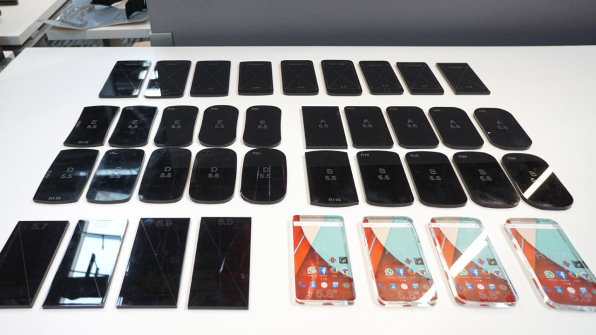
HIRE DESIGNERS WHO DESIGN SOMETHING ELSE
Smartphones are Essential’s business. And building a unique smartphone is key to stand out in a crowded market. “It’s a topic that keeps coming up,” says Linda Jiang, head of industrial design at Essential. “Even when we’re interviewing candidates, we ask how can smartphones differ in a world that’s pretty much all the same.”
In response, a lot of the time Jiang gets an apology from prospective employees. Young designers walking through Essential’s doors, portfolio in hand, often won’t have had any previous experience designing smartphones at all. And as a result, they think that they might not have anything meaningful to add to the conversation around phones. “That’s not what we look for,” says Jiang. “We have designers that focus on footwear design and furniture. In order to [shake up]the smartphone industry, we have to look outside.”
That’s equally true to any startup. Hiring specialists is important to have the core competence to build a product. But those specialists are so ingrained in an industry that they can’t see it with a fresh perspective.
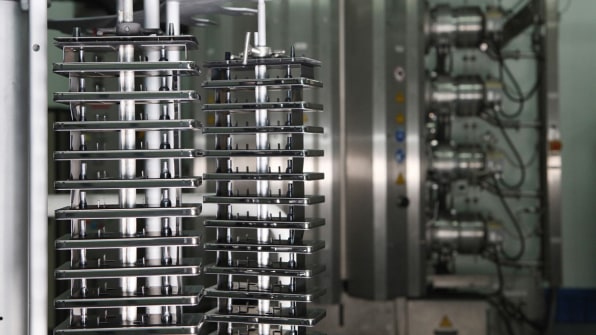
TREAT MANUFACTURING AS AN EQUAL PARTNER
The thing about “industrial design” that a lot of people forget is that you’re not just designing something to be beautiful or functional or delightful or any such adjective. You’re designing something to be manufactured at scale, which requires suppliers, assembly lines, various manufacturing processes, yield counts, and all sorts of different problems.
“I’ve seen this happen over and over again. In America, we tend to think, ‘It’s some Chinese manufacturers, they’ll do what we tell them,’” says Jiang. “Actually they have a lot of great ideas, too. Great technologies, ideas, and innovations, if you allowed them the chance to show you.”
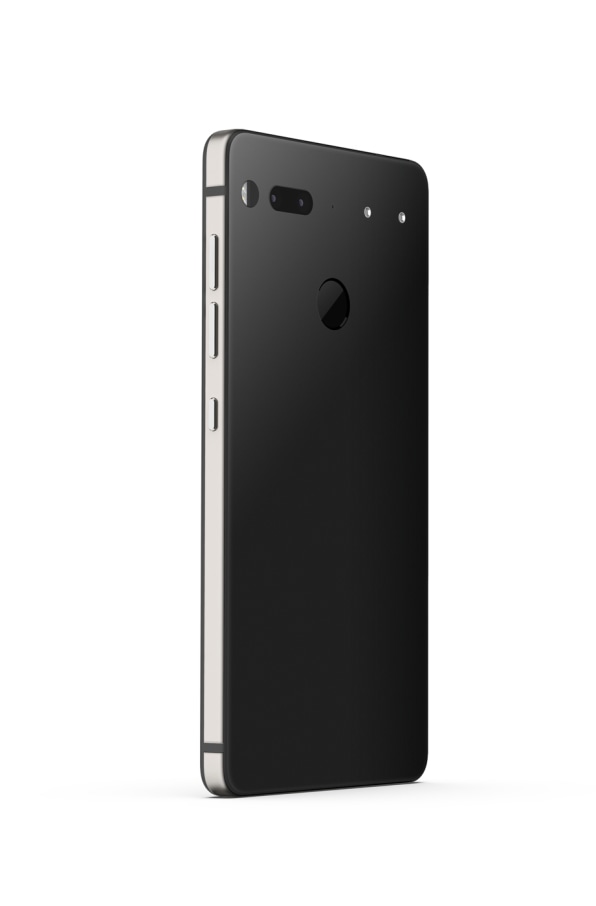
Jiang has a radical idea: Put down your designer ego, and listen to what the people who will actually be assembling your idea have to say. Throw ideas back and forth. Get them to share their roadmaps for technology to come–then ask if they can bring that to you. That’s how the Essential Phone got industry firsts like ceramic and titanium parts–which are both more than a little tricky to manufacture at scale.Recently, when Essential decided to build multiple ceramic colorways for limited-edition versions of its phone, it met with a ceramics company in Japan known for creating artisan-level products (like fake teeth) for the healthcare industry. What Essential learned was that in the past, competitors had visited and demanded massive amounts of a single colorway. But in fact, the way ceramics are colored is as finicky as the way that gemstones grow, and colors can only be guaranteed in fairly limited batches that produce only a few thousand phones in a promised color.
“We went there for a week, to go up and down the lines to meet [the crew],” says Jiang. “We learned what colors are acceptable to make and which are hard. That’s how we landed on Ocean Depths, that color they had a strong confidence in. The whole team loved the color.” And as a result, Essential got a new partner that made it some beautiful, albeit limited, phones.
Of course, none of this would have been possible if Essential had done what a lot of companies do, and walked up with a color swatch, demanding that the manufacturer figure it out or lose the business.
“Being Chinese myself, I hate seeing suppliers and vendors being treated like that,” says Jiang. “I feel like they’re such smart people, and without them, our industry could have never gotten to the place it is now.”
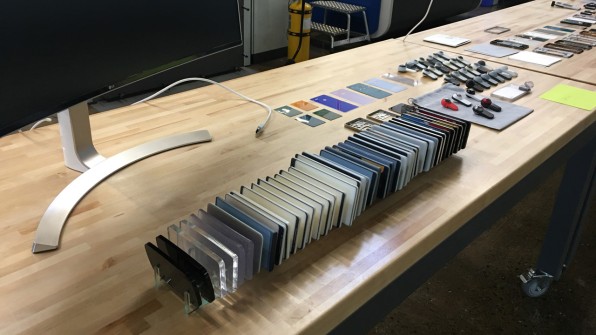
RECOGNIZE “GOOD” AND SETTLE FOR IT
Apple is famous for settling on nothing short of perfection. Facebook is famous for the mentality “move fast and break things.” To Essential, neither of these approaches makes sense.
What’s wrong with Facebook’s idea of a minimal viable product? As Dave Evans, VP of design at Essential points out, that’s a fine approach for a software or platform company like Facebook, since it can just release a patch to repair its mistakes. A bit of code, and the product is made anew. “That mentality will cripple a hardware company quickly,” he says. It leads to shoddy products that disappoint consumers, and even recalls, since no number of software updates can repair broken hardware.
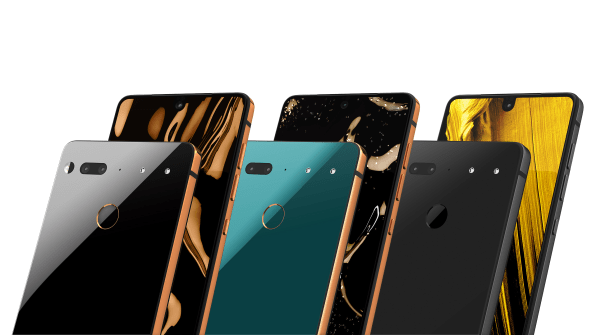
But the Cupertino approach of achieving a platonic ideal of a perfect product is also silly for most companies. “I think a lot of design teams, especially in our [Silicon Valley] geographic proximity, get really wrapped around the axle of perfection, and I think it’s bad for the customer,” says Evans. He thinks it slows down product development, and it stops companies from adopting early technologies that customers would appreciate.Evans points to the Essential phone’s camera notch as proof. “It’s weird to us, too! It’s really counterintuitive,” he says. “But sit with it long enough, and you think that’s a good decision, and you just make that decision, and you don’t get so worried about whether it’s a perfect thing. It’s just a good thing, or a great thing. We get to make good and great decisions all the time.”
Of course, good can lead to mistakes–or at minimum, noticeable room for improvement. But perhaps that’s not the worst fate, either. When Jiang met recently with trend forecasters, they told her something surprising. “They said, ‘in the market today and tomorrow, people love to see failure and weakness because it shows that you’re human, and your company isn’t a running wheel that doesn’t stop. It shows that you’re imperfect but willing to grow and strengthen and change along with your consumers,’” she recounts. “That goes along with what Dave is saying. You’re never going to get to perfect. And when you do, you’ll disconnect with your consumers.”
–
This article first appeared in www.fastcodesign.com
Seeking to build and grow your brand using the force of consumer insight, strategic foresight, creative disruption and technology prowess? Talk to us at +9714 3867728 or mail: info@groupisd.com or visit www.groupisd.com


![[Photo: courtesy Essential Products]](https://images.fastcompany.net/image/upload/w_562)